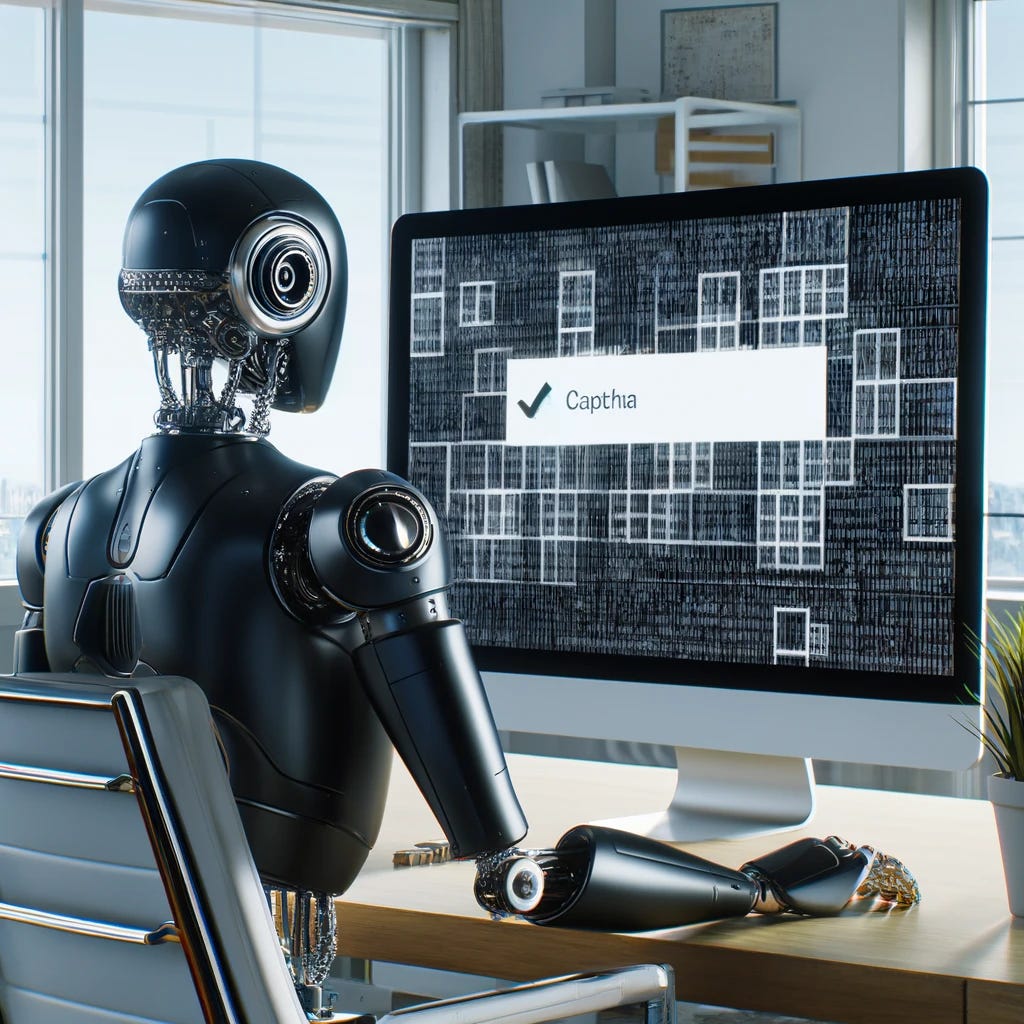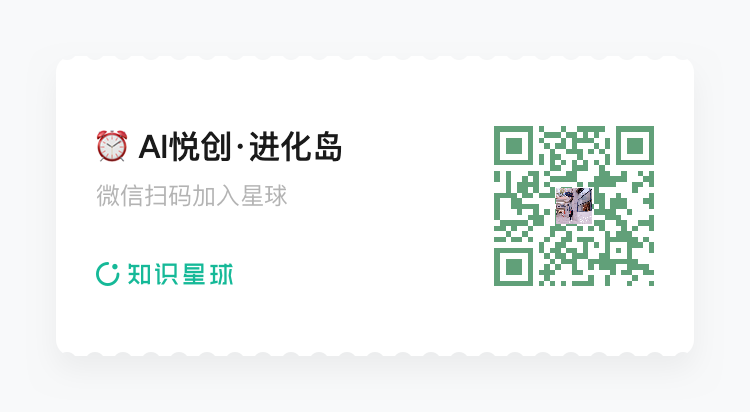Why Can’t Robots Click The “I’m Not a Robot” Box On Websites?
Clicking a tiny box tells Google all they need to know about your humanity

if you’ve browsed the internet for any amount of time, you will likely come across a reCAPTCHA box. These boxes appear when you first enter certain websites and ask you to check a box to prove that you are not a robot. The box is labeled “I’m not a robot,” and everyone clicks without a second thought because they aren’t robots. Sometimes, clicking the box forces you to do a series of visual puzzles that ask you things like clicking on all of the images with a motorcycle in them or clicking on all of the pictures with streetlights in them. These basic tests lead people to believe that robots cannot do them. But that isn’t the case.
Online robots, or just “bots,” as they are often called, are highly advanced. They have been trained to do everything from playing Runescape to running entire X (formerly Twitter) account farms. So they can clearly click on a box or an image featuring a stop sign. The trick is that these tests aren’t determining whether or not you can click these things but how you click them.
The way that reCAPTCHA boxes determine whether you are human or not is how slow and inefficient you are compared to a machine.
What Is reCAPTCHA?
reCAPTCHA is a company owned by Google that runs all of the little boxes that appear on your screen when you are browsing the internet. The boxes feature a logo with an arrow going in a circle on the right and features the word reCAPTCHA on it. This is an advanced program that Google offers to website hosts that helps keep unwanted traffic off of their sites.
reCAPTCHA replaced the old CAPTCHA system. You might remember the original CAPTCHAs, which were a series of letters and numbers written in squiggly font or obscured by some sort of screen to make them hard to decipher. Unfortunately, the old system was difficult for people with bad eyesight and could be downright frustrating for regular people. Bots eventually learned how to crack the old CAPTCHA system, so Google acquired a company that updated the system to be more varied and robust to combat more advanced online bots.
CAPTCHA stands for Completely Automated Public Turing test to tell Computers and Humans Apart. That is a mouthful, but it is also incredibly straightforward in describing what these silly boxes are meant to do. They are meant to administer automated public Turing Tests.
What is a Turing test? A Turing test is a simple test designed by computer scientist Alan Turing in 1950. The point of the test is to determine whether someone is a computer, a robot, or a human. Robots, or nonhuman computer entities, will fail the test and thus out themselves as something other than human.
So, how exactly do these boxes tell robots apart from humans? It is quite invasive.
The reCAPTCHA Method
As mentioned above, the test is not that a person or robot can or cannot click the little box that prompts you to pledge that you are not a robot (though any robot that clicks the box will be guilty of lying! The nerve of some robots.) The point of the test is to see how you click the box. Robots are always going to be faster and more efficient than humans at certain things. For example, if you program a bot to click on these pesky boxes as they appear, the bot is going to zoom straight to the desired point and click as quickly as possible. The cursor will likely take a perfectly straight path along the shortest route to the box, resulting in an incredibly fast response. The speed of the response, and the path the mouse takes is a part of the test.
You see, humans are slow, inefficient, and random. A person is never going to drag their mouse to the CAPTCHA box the same way twice. The human hand is too random for that. Similarly, they won’t always do it in a fast or efficient manner. People might stop and read the box or check to see what website they were trying to access. Bots will never do these things (unless they are programmed to, but even then, they will always be rigid and efficient.)
This is especially true of people using trackpads on their laptops. A trackpad will always result in a random and wandering path toward the “I am not a robot” box, which will guarantee a passing grade almost every time.
If you click too quickly, you could be asked to go through one of those visual puzzles. The new visual puzzles are a direct evolution of the original blurry text. Cloudflare says that even the most advanced AI currently still struggles to pick out specific objects from a cluttered or blurry image. Humans do not have such problems. Being asked to decipher between blurry pictures of bicycles, mopeds, and motorcycles is a test that AI currently struggles to pass.
Invasive and Invisible reCAPTCHA Methods
Some websites have started to employ invisible CAPTCHA programs, which scan your computer for things like cookies, browsing history, mouse trajectory, and internet behavior to determine whether or not you are a bot. Google’s reCAPTCHA Enterprise system gives users a score based on readily available information that determines whether or not they are a human or a bot.
You can read about the system in Google’s own words here.
These invisible systems of robot social credit scores feel a little invasive and a little creepy but Google aregues that it helps keep user experiences running more smoothly. Many people get annoyed or frustrated when CAPTCHA boxes appear on their screen as it breaks up their regular work flow. This system allows you to access websites without having to go through these arduous tests while still protecting the websites from massive amounts of bot activity.
Conclusion
If you’ve ever wondered if there is some magical reason why bots can’t just click the “I’m not a robot” box when it appears, you are not alone. Truthfully, there is nothing preventing bots from clicking on whatever they want on a computer screen. The key is in how they click. Bots are programmed to be fast and efficient, and they will always click faster, move faster, and process faster than a human. So, these tests are watched to see how quickly you complete them and in what manner.
In an interesting turn of events, computer scientists claim that the newest versions of ChatGPT can pass Turing Tests, even advanced ones, with relative ease, which will only further blur the line between humans and AI when it comes to online activity.
We might need a new reCAPTCHA system that can weed out the more advanced and human-like bots that are being developed today.

欢迎关注我公众号:AI悦创,有更多更好玩的等你发现!
公众号:AI悦创【二维码】

AI悦创·编程一对一
AI悦创·推出辅导班啦,包括「Python 语言辅导班、C++ 辅导班、java 辅导班、算法/数据结构辅导班、少儿编程、pygame 游戏开发、Linux、Web 全栈」,全部都是一对一教学:一对一辅导 + 一对一答疑 + 布置作业 + 项目实践等。当然,还有线下线上摄影课程、Photoshop、Premiere 一对一教学、QQ、微信在线,随时响应!微信:Jiabcdefh
C++ 信息奥赛题解,长期更新!长期招收一对一中小学信息奥赛集训,莆田、厦门地区有机会线下上门,其他地区线上。微信:Jiabcdefh
方法一:QQ
方法二:微信:Jiabcdefh

更新日志
1c35a-于aed17-于d4a17-于199c3-于6ef4f-于1621e-于e6ce4-于69882-于772c4-于e6a0f-于cbb3a-于610fe-于f08aa-于76989-于86c50-于027da-于